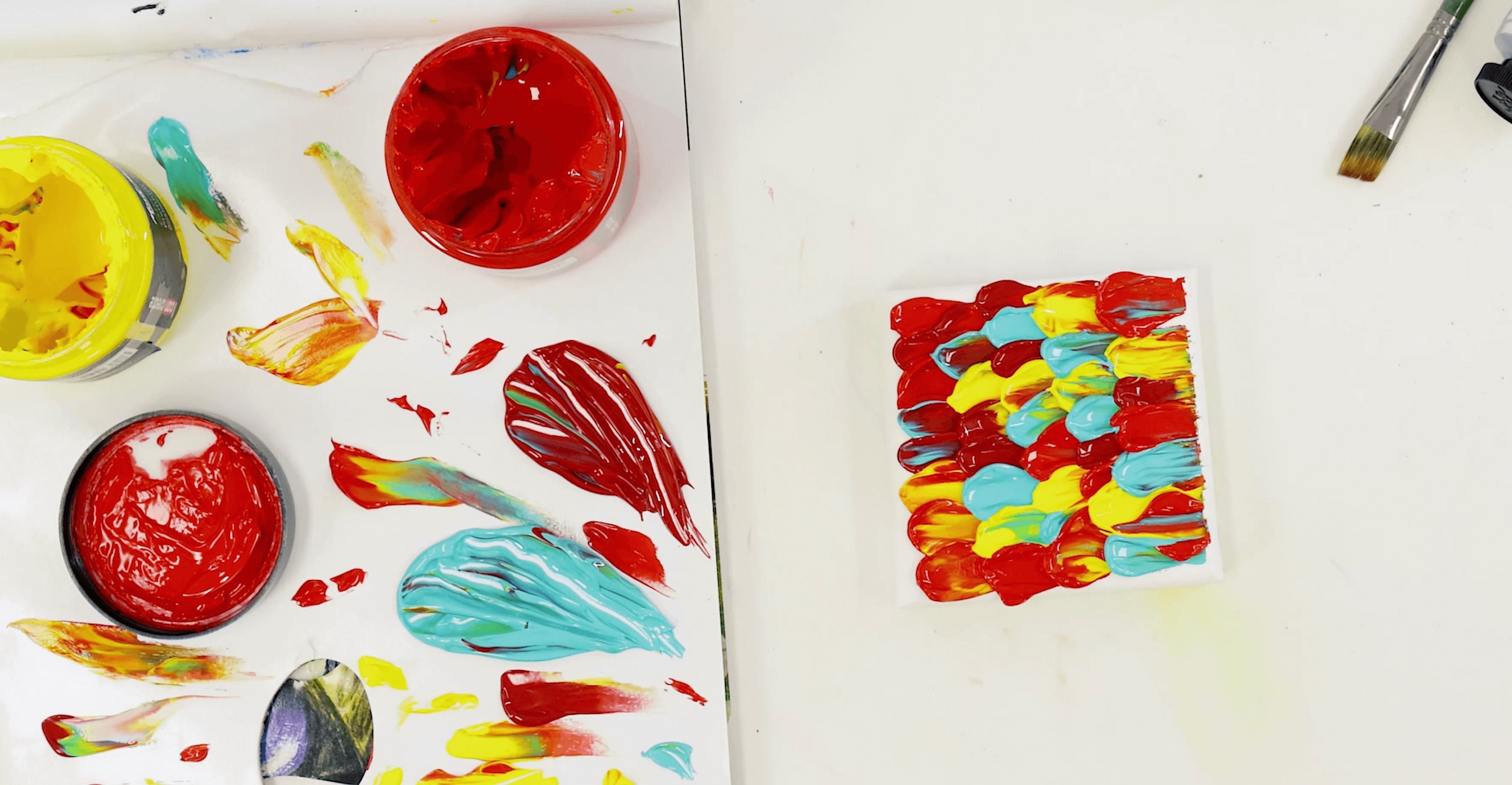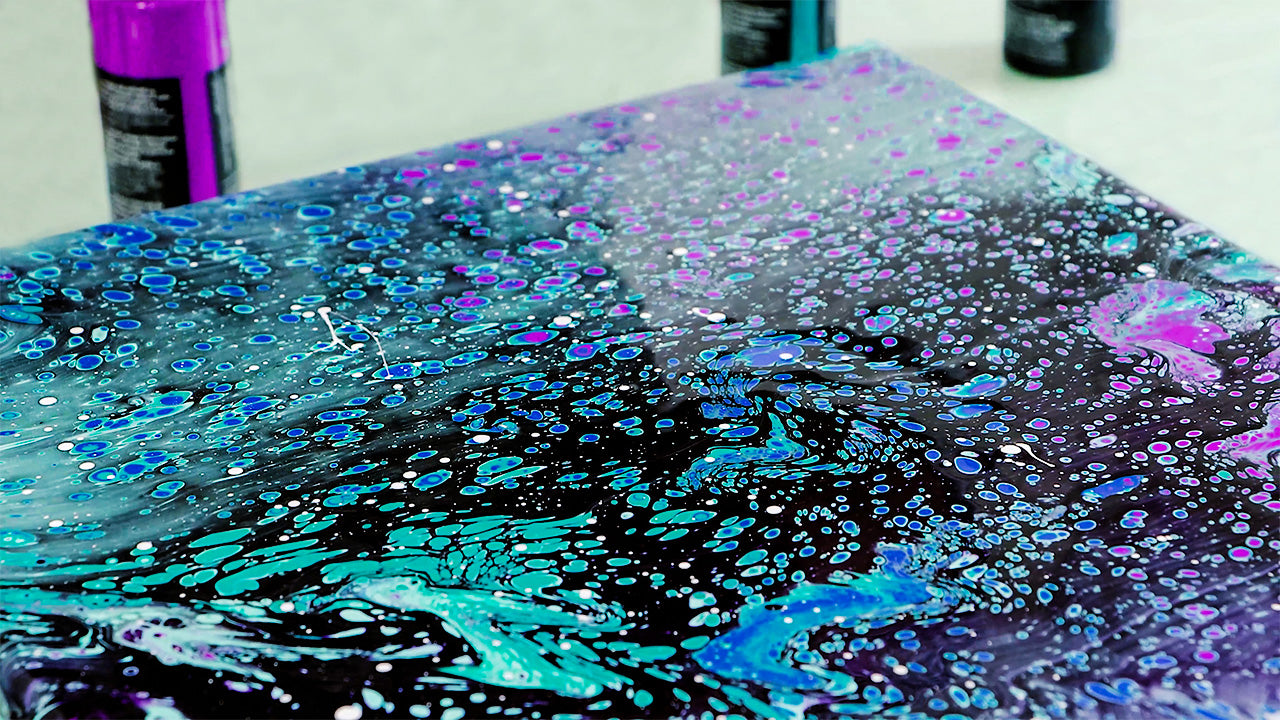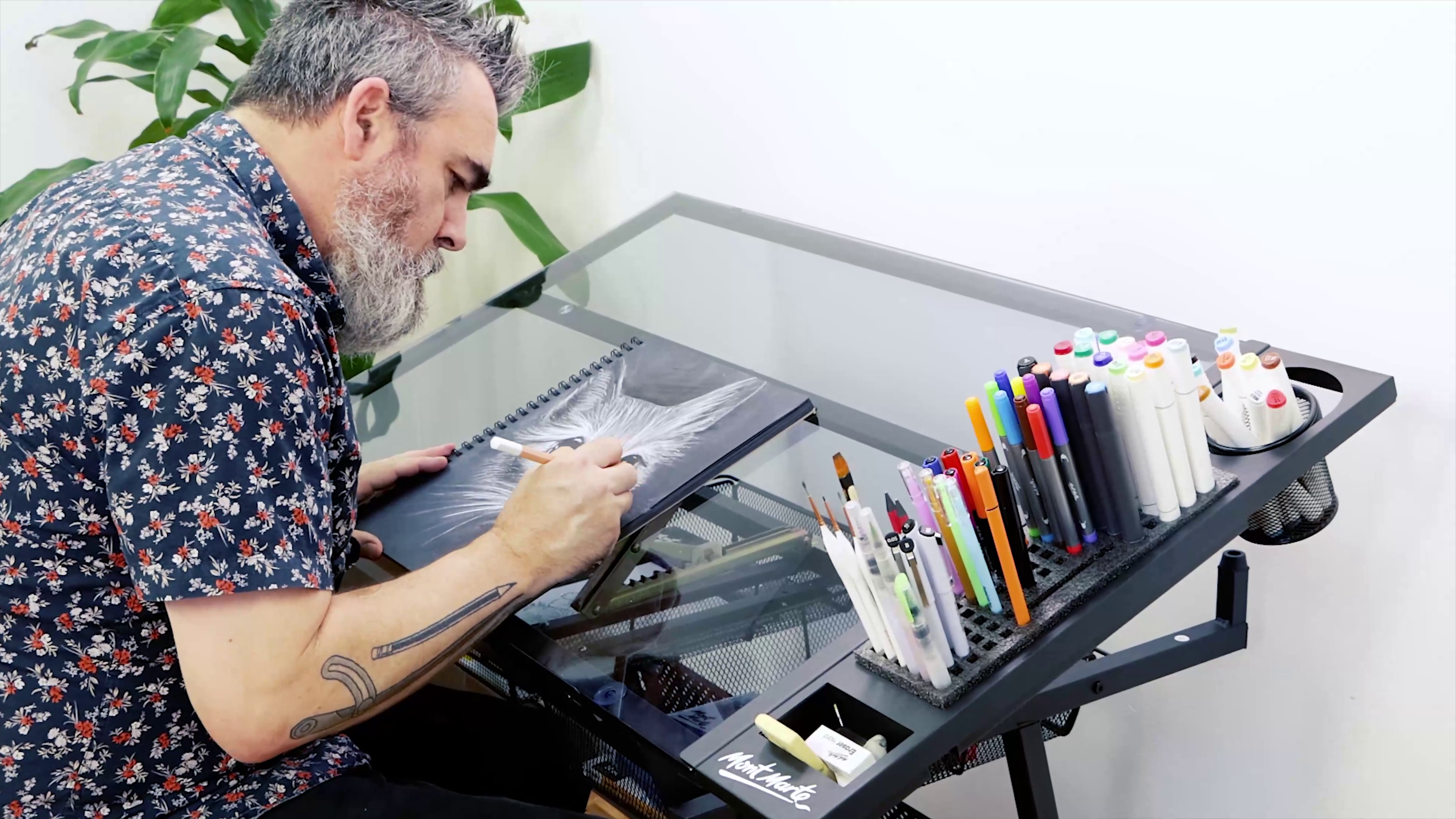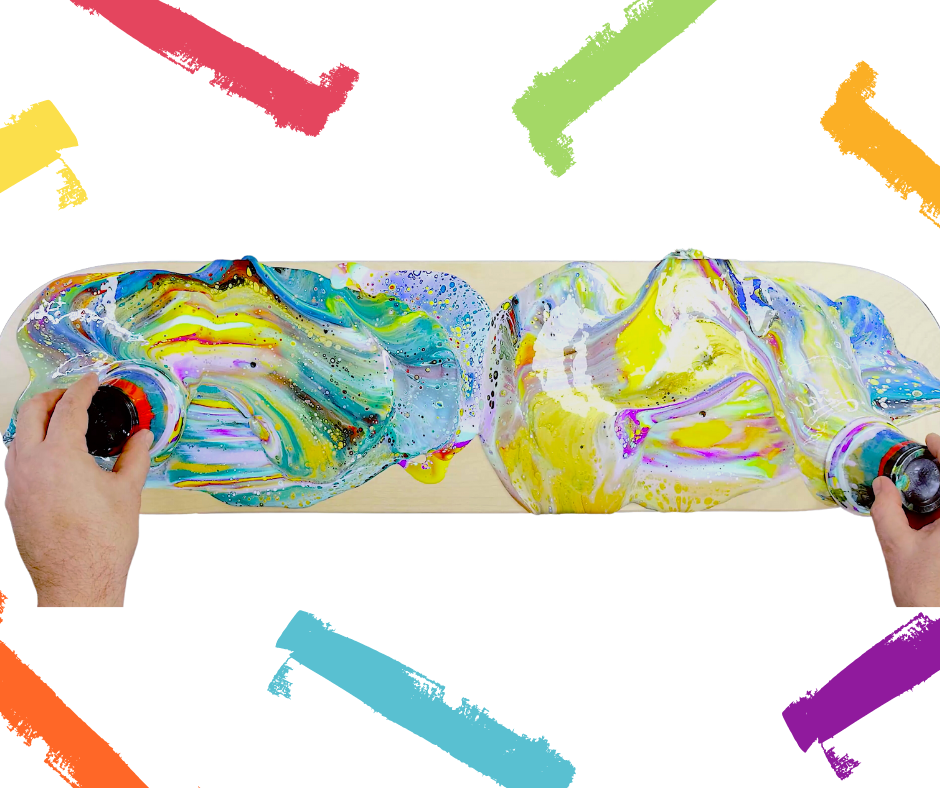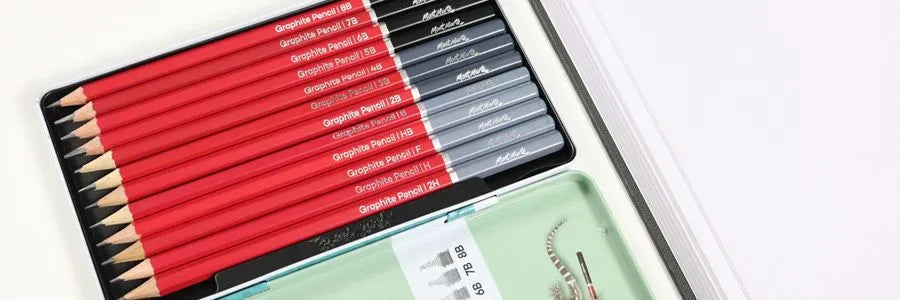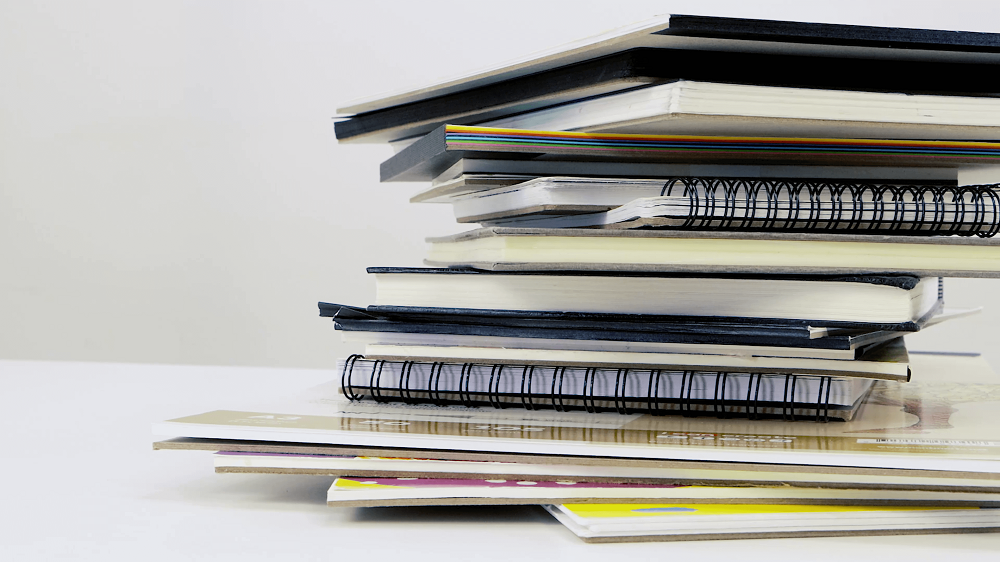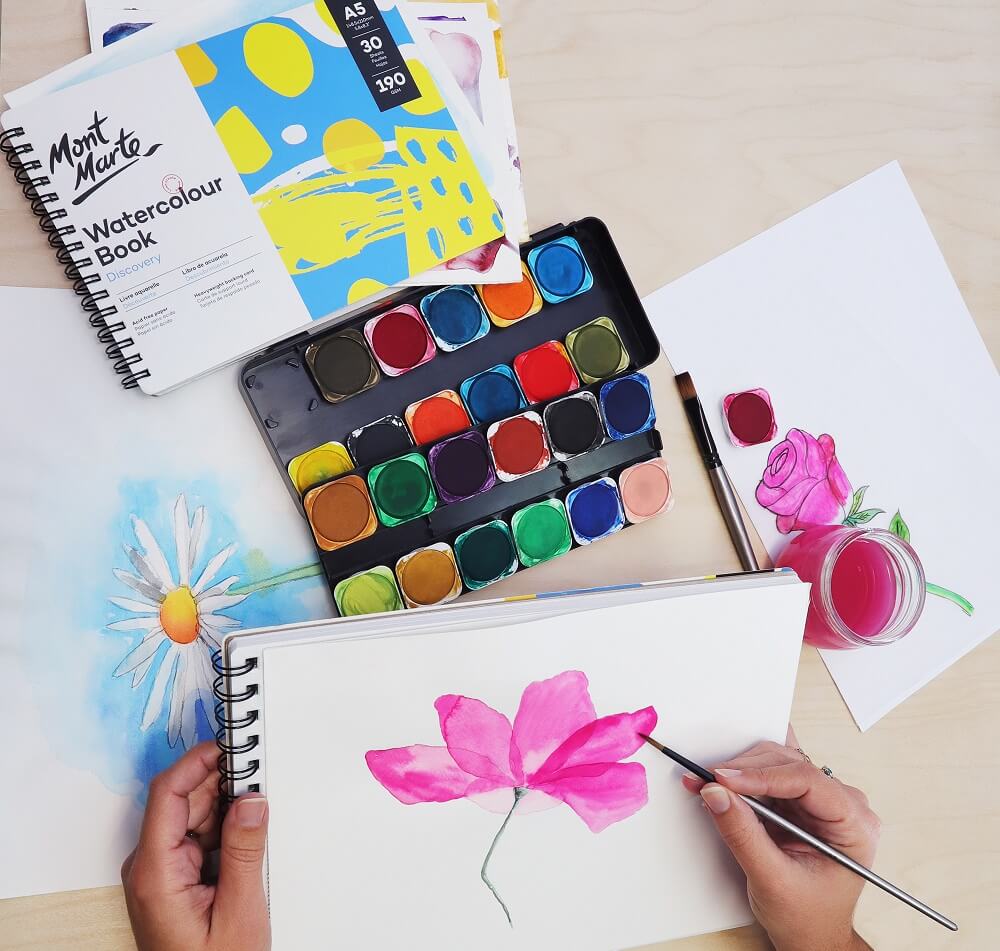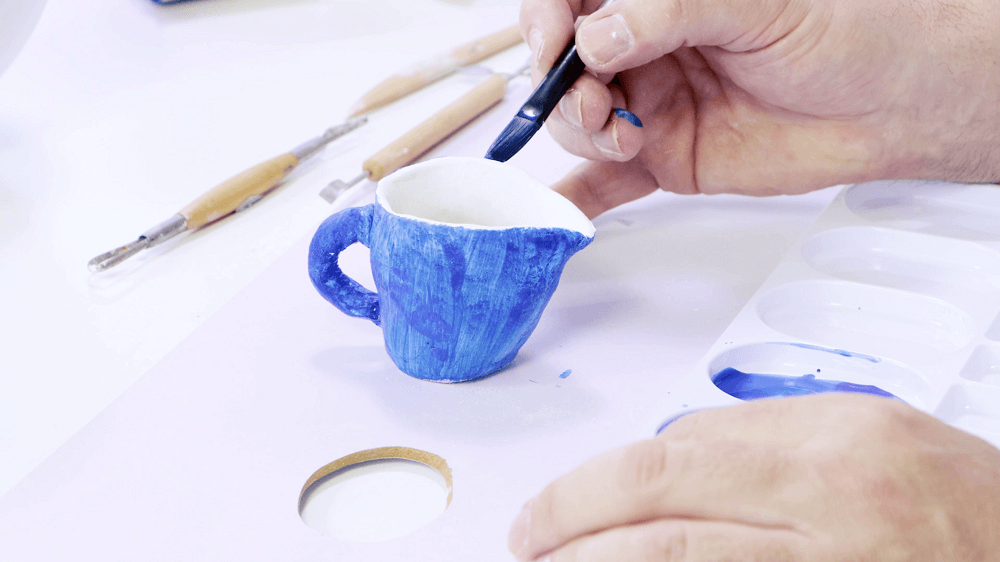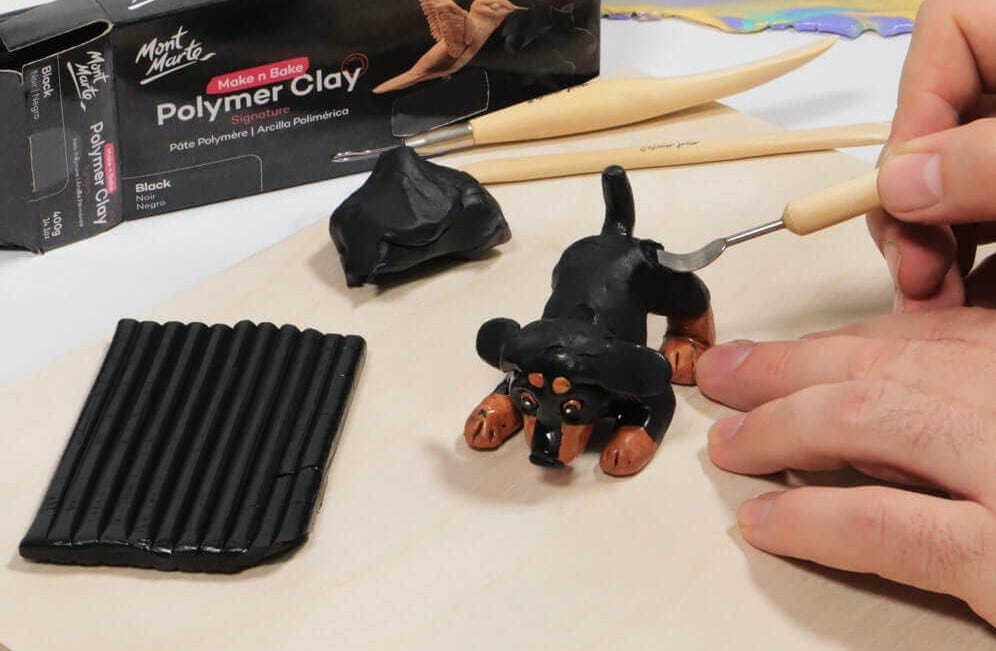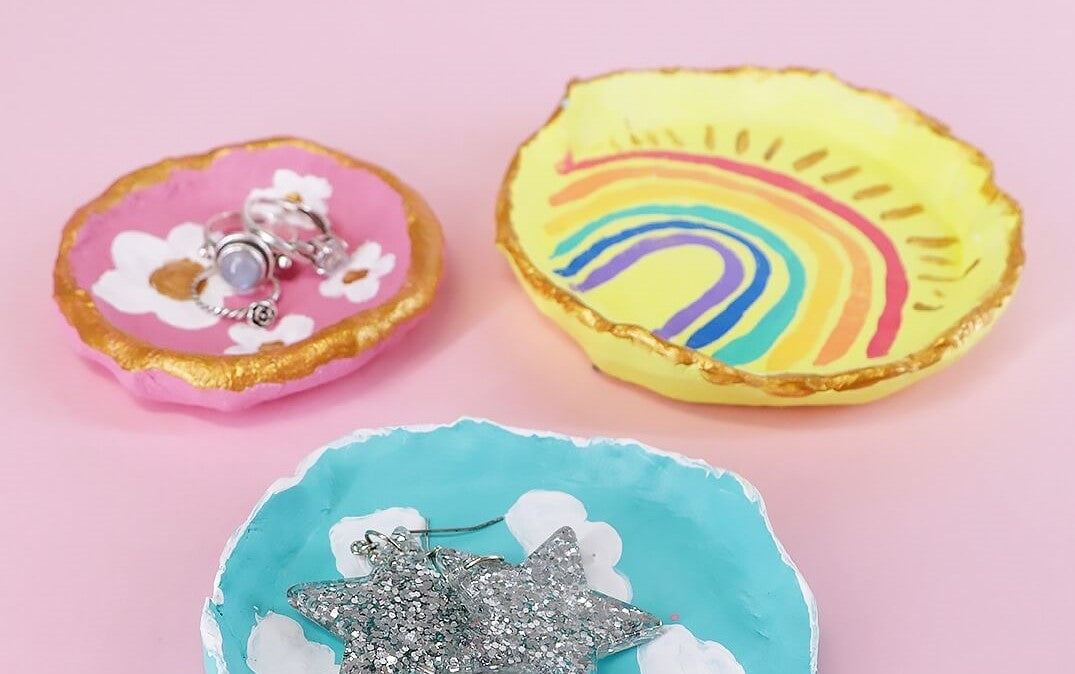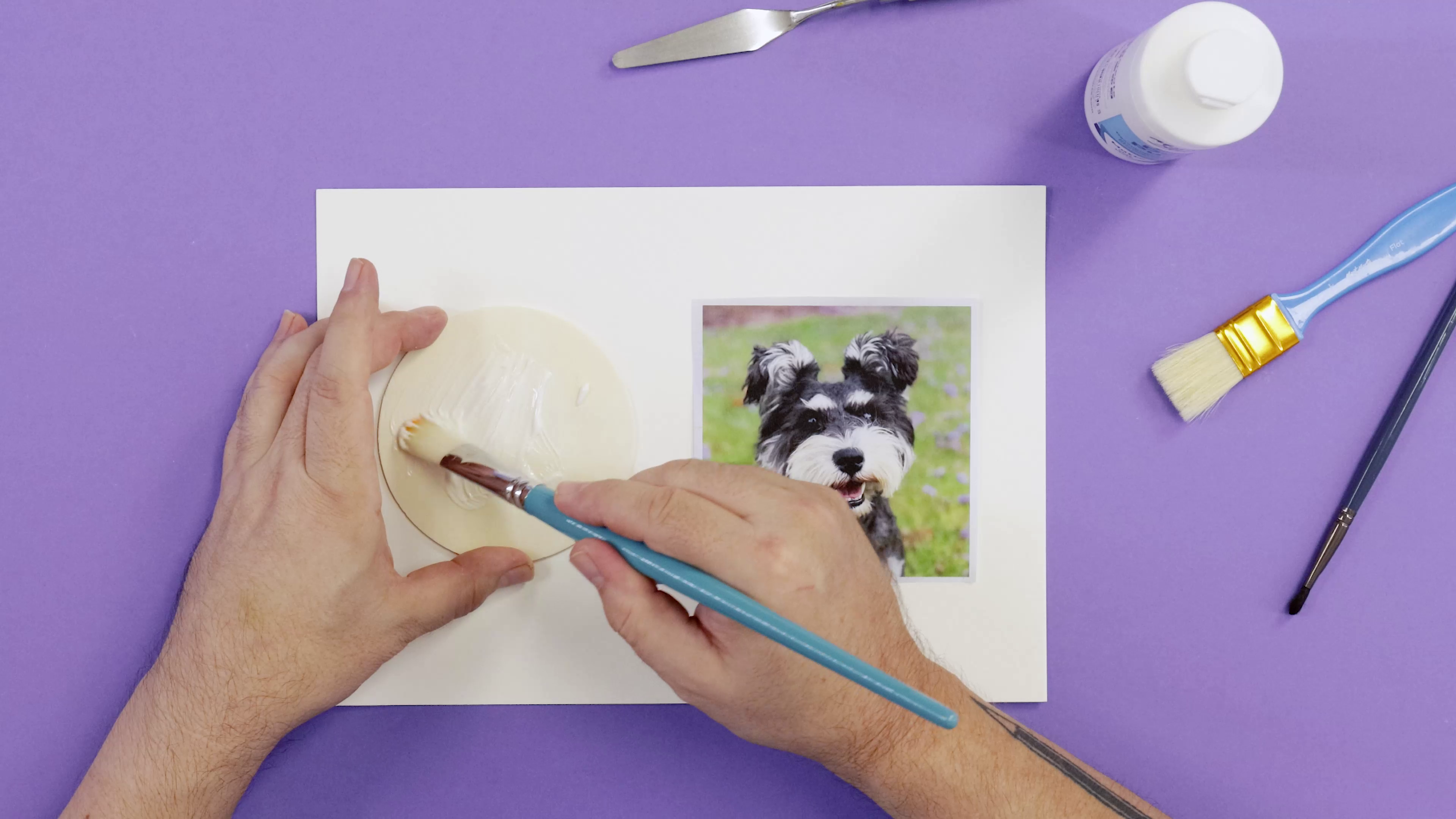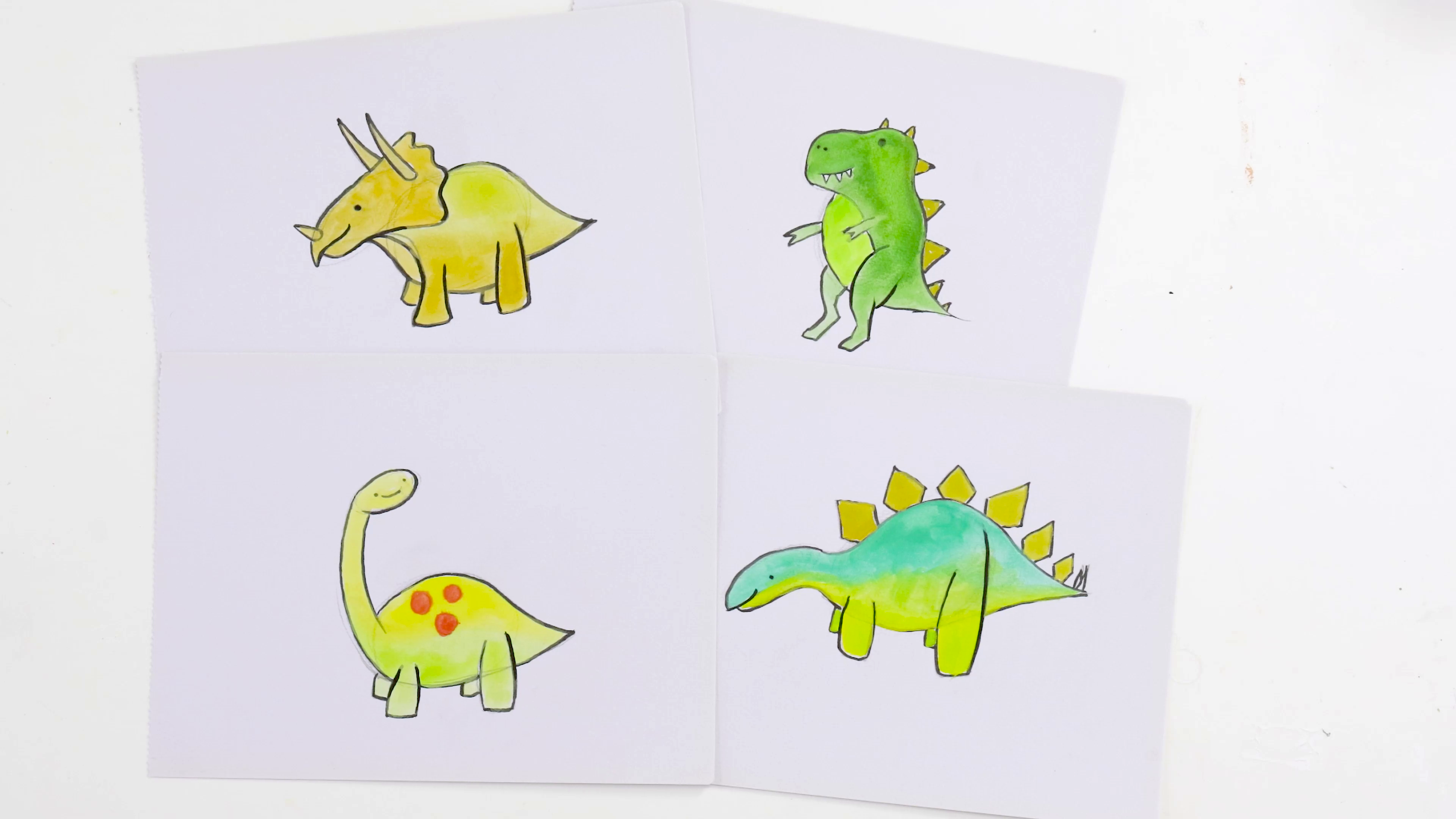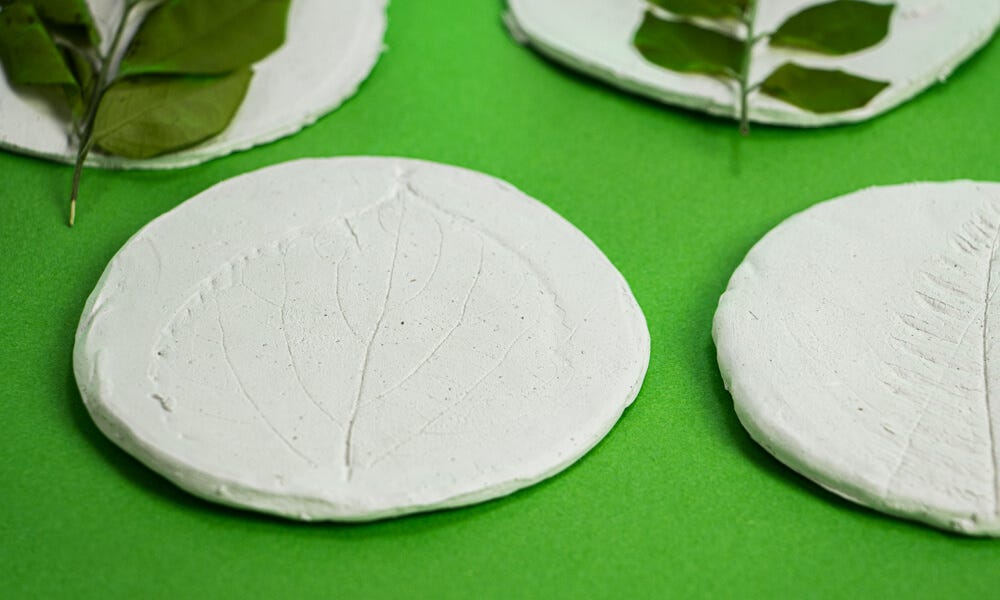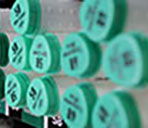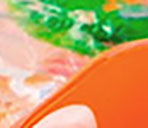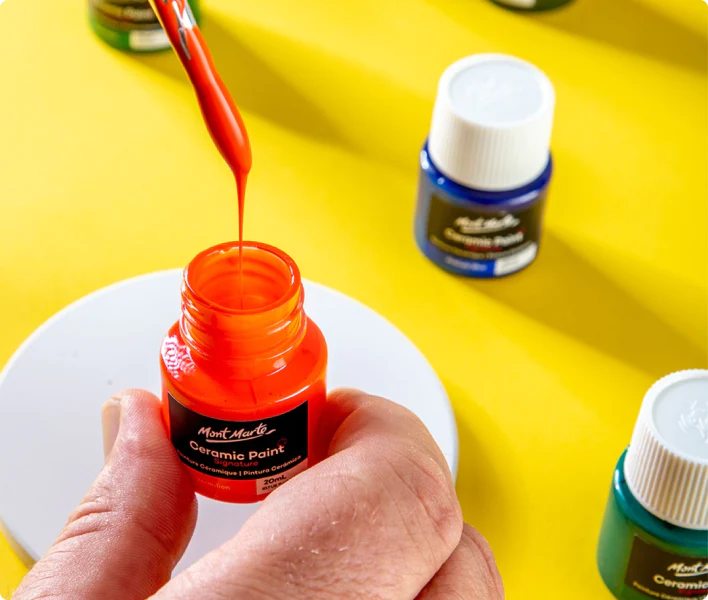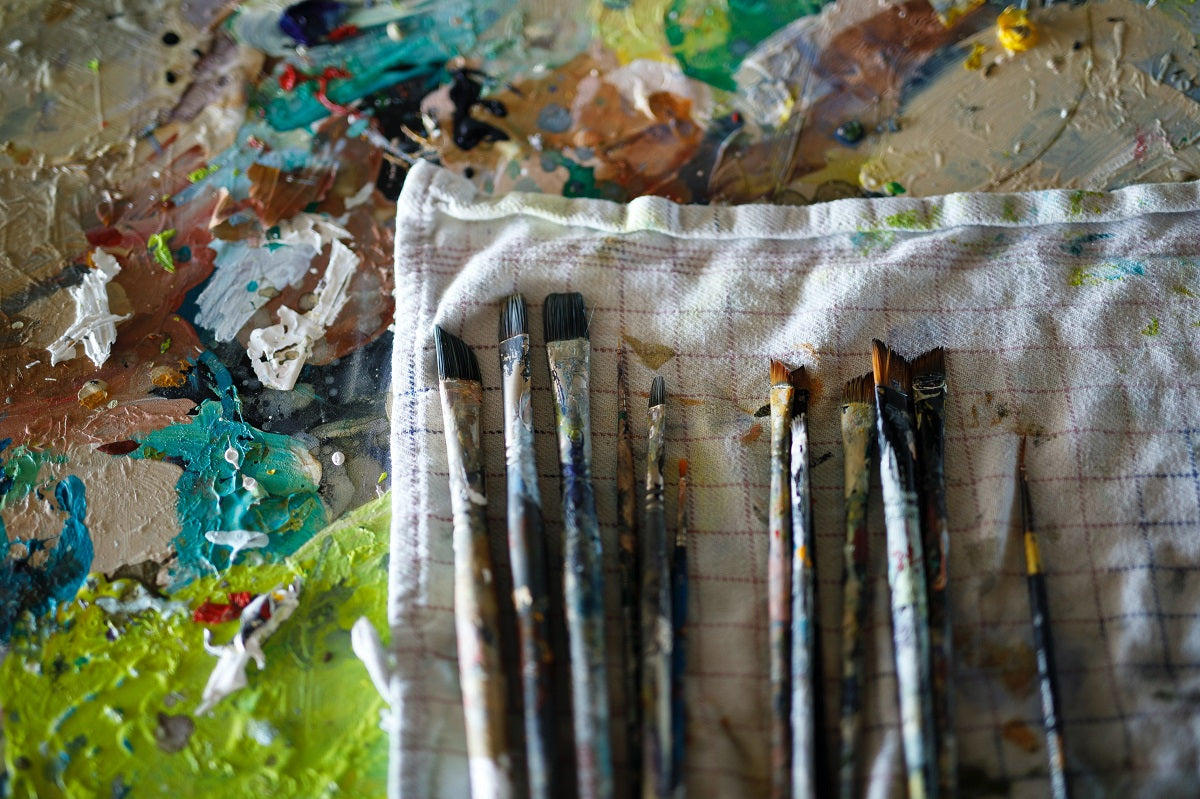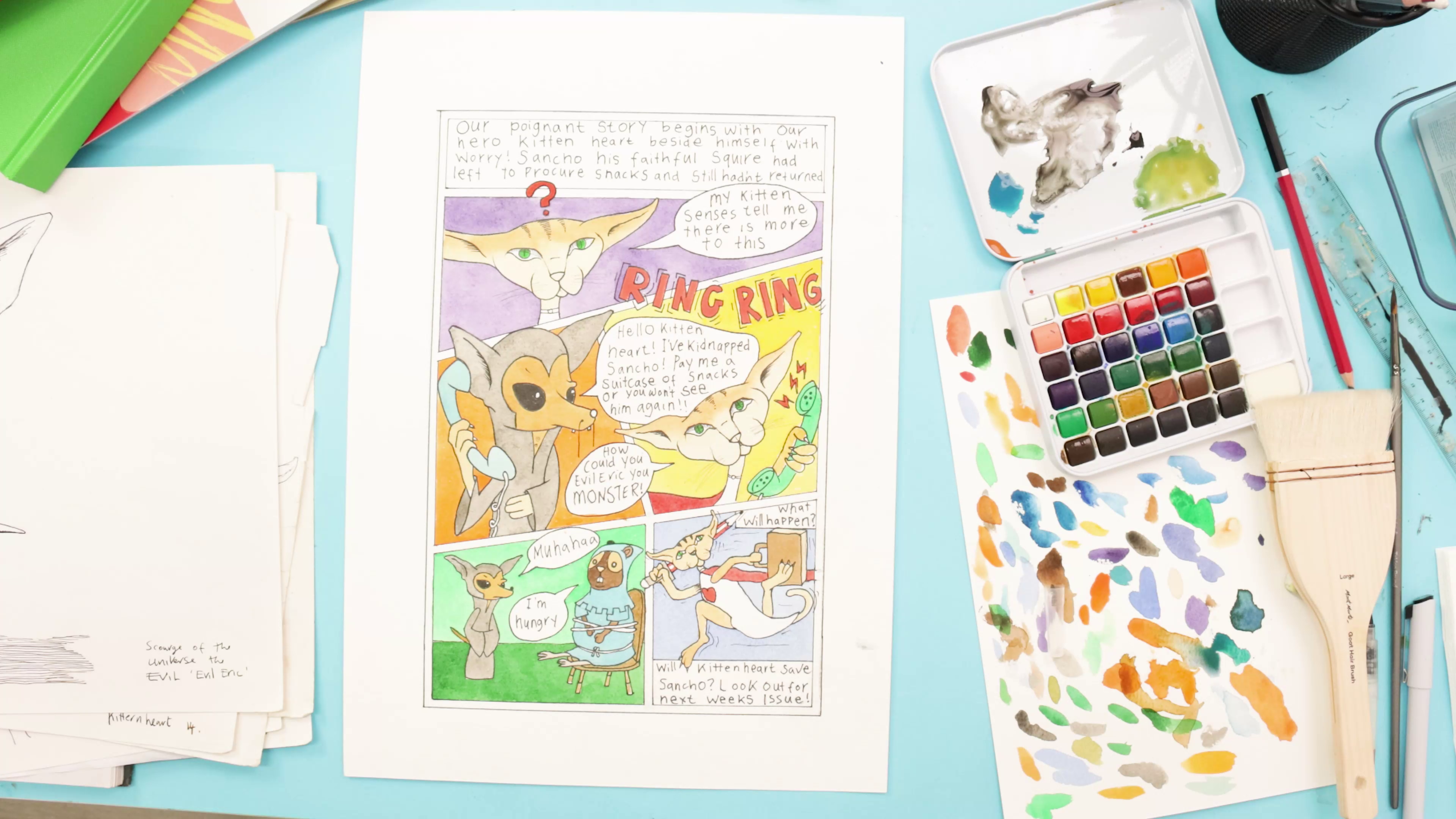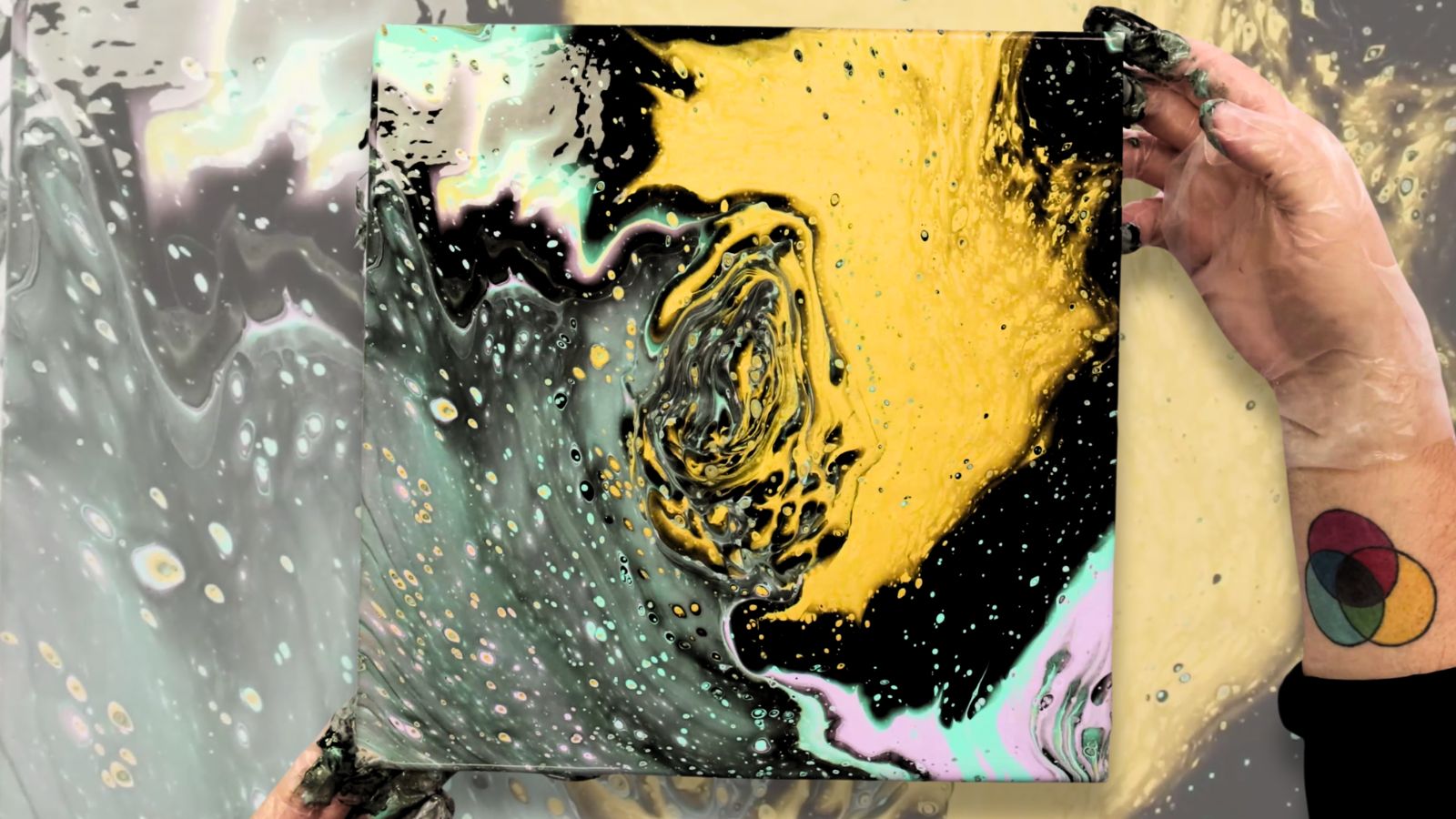Though it can be hard at times, it’s never too late to start protecting our environment. But how can we care and create at the same time? When it comes to acrylic painting, there are ways to paint more sustainably, keeping our planet in mind, so here are 10 tips on how to dispose of acrylic paint thoughtfully.

1. Never rinse used paint brushes or pour left over paint into the sink
If you take away only one thing, please never rinse your used paint brushes (acrylic or otherwise) down the sink. Never pour left over paint or rinse palettes down the sink. Not even small amounts or ‘little bits’ should go down the sink.
This is because acrylic paint hardens when it dries, meaning not only can it block your drains and cause damage, but it can also pollute our waterways and injure our wildlife. Instead, wipe off excess paint from brushes using a rag, (rags can be used over and over again) or paper towel and then dispose of it in general waste.
Not only will this save your household water pipes and drains, but it will also reduce acrylic paint’s environmental impact. For palettes, scrape off dried paint using a knife or palette knife, or peel the acrylic paint off the palette, once the paint has dried.
2. Head to a waste facility to recycle
Non toxic acrylic paint can be recycled at a waste facility. So save your leftovers in a container either by peeling off the film or keeping the dried pieces in a jar or container to recycle later on. Different areas and councils have different rules and regulations, so it’s always a good idea to check in with your local waste facility first, before dropping off your excess paint.

3. For multiple paint brushes, palettes or tools, soak them first.
For cleaning multiple brushes, or if you use large amounts of acrylic paint in your creative sessions, you can soak your brushes and tools in a bucket of water. The acrylic paint will harden and leave a film at the bottom of the bucket. Once your brushes are clean, leave the water to evaporate and then dispose of the dried paint either in general rubbish or at a waste facility. Make sure the bucket or container is in a well ventilated area to dry or leave it in full sun. Wire can also be put over the top to keep animals or little ones away.
4. Use only what you need
To avoid dealing with large amounts of leftovers, it’s helpful to use only what you need to begin with. It can be tempting to squeeze out huge amounts of paint onto palettes before painting. It’s even easier when you’re in the creative flow of things and not thinking too much about how much paint you’ll need for your project. So, try using small amounts of paint on your palettes, this will not only protect the environment, but it’ll also help your hip pocket too and save you some money along the way.

5. Cat litter can help absorb paint water
We get it, for stubborn paint, sometimes water needs to be used to remove grubby paint from brushes or to rinse containers or jars. You can rinse your tools under a tap but make sure you have a bucket or container to catch the water and stop it from going into the drain. Then pour the wastewater into clumped cat litter to absorb the water residue. Once it clumps, you can then easily dispose of it in your general waste.
6. Reuse leftovers
If you’ve squeezed out more paint then you need, don’t just throw the excess paint in the bin. Reusing leftovers will not only help you get more out of your paint, but it’ll also help the environment too and who knows… you might create something new! We all know acrylic paint dries quickly, so cover palettes quickly in between sessions. Covering your large palettes with cling film helps slow the drying time of your paints, so you can use them later. For smaller palettes, you can also store them in an airtight container with a wet sponge to stop the paint from drying out.

7. Rinse tools with a spray bottle
Another option is to keep a spray bottle handy and spritz your tools or hands with water after use. This is a great option for little artists to get into the habit of using and it helps stop the risk of wastewater running into a drain or basin. You can collect the leftover water in a bucket and let it evaporate before peeling off the scraps, or by using a rag to wipe the dried paint away, or by taking the rest to a waste facility. This way, your taps and sinks will stay spick and span and you won’t have the added worry of paint staining the bathroom or laundry.
8. Empty jars or containers before binning
When it comes to acrylic paint containers or jars, it’s good to empty them out and leave them to dry completely before binning. Throwing away jars or containers full of wet paint or acrylic paint in liquid form, can harm the environment (like soil and plants) and injure wildlife when it reaches landfill. So wipe these containers out and ensure any leftover paint has dried before binning.

9. Recycle where you can
Before binning, check the packaging and see what can and can’t be recycled. Some paint lids, caps and tubes can be easily recycled after a quick wipe down. Pay attention to paint threads and caps and make sure you wipe down any excess or hard paint with a cloth or rag before recycling.
10. Use leftovers to discover new things
Before throwing away your leftovers, have a think if they can be reused. Excess paint can be used as an underpainting or be used to hone in on your acrylic painting techniques. Before wiping your brushes clean, try using them on scrap paper or spare canvases to scrub the paint off and plan your next project. It’s often these accidental discoveries where we find new ideas, so have a play before packing up and see what you can come up with.

Looking for more eco friendly ways? Learn how to upcycle your old paintings, find out how to keep a palette fresh between painting sessions or reduce waste by caring for your acrylic brushes.
We hope these tips help you to dispose of acrylic paint thoughtfully. Share your tips for eco friendly painting with us on Instagram or Facebook, we’d love to hear it.


